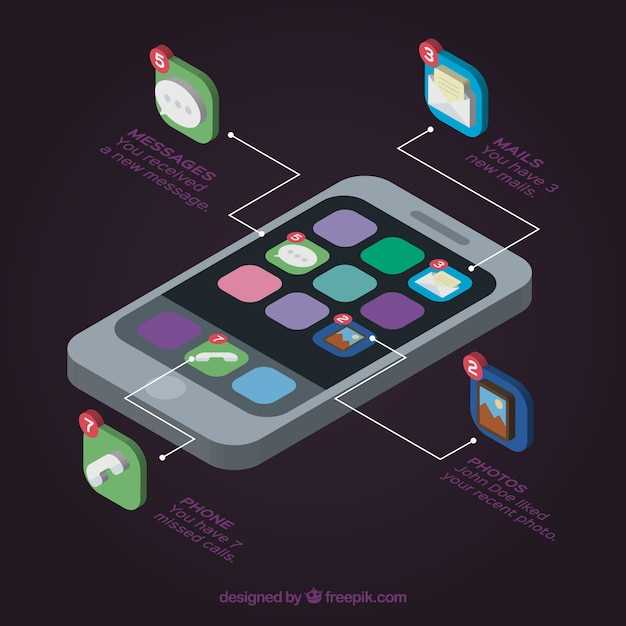
Experiencing sluggish internet speeds or intermittent connectivity issues on your Android smartphone? It might be time to declutter your device’s digital gateway: the Domain Name System (DNS) cache. This virtual repository temporarily stores web addresses, allowing your phone to quickly access frequently visited websites. However, an overflowing cache can accumulate corrupted or outdated data, hindering the smooth flow of internet traffic.
Embarking on a DNS cache expedition is not only prudent but also straightforward. In this comprehensive guide, we will unravel the intricacies of DNS cache management on Android devices, empowering you with step-by-step instructions and illuminating the subtle nuances of this underappreciated aspect of your phone’s network settings.
Understanding the DNS Cache
Table of Contents
This section offers a thorough understanding of the concept of DNS Cache. It breaks down its role, how it assists various devices, and its connection to the DNS (Domain Name System).
DNS Cache is a temporary database that stores frequently used domain name-to-IP address mappings. It’s employed by devices such as computers, smartphones, and routers to swiftly and efficiently resolve domain names into their corresponding IP addresses. When a user types a domain name into a browser, for instance, the device first checks its cache for the associated IP address. If it’s found, it provides the user with the IP address immediately. This significantly reduces the time required for resolving domain names, enhancing the user’s overall browsing experience.
| Term | Definition |
|---|---|
| DNS (Domain Name System) | Translates domain names into their corresponding IP addresses. |
| DNS Cache | Temporary storage that stores recently resolved domain name-to-IP address mappings. |
| IP Address | Unique numerical identifier assigned to each device connected to a network. |
Why Clear the DNS Cache?
Your phone’s DNS cache stores information about websites you’ve visited and their corresponding IP addresses. This cache can become cluttered over time, leading to performance issues and connection problems.
Regularly clearing the DNS cache can have several benefits:
- Improved Connectivity: Removes outdated or incorrect DNS entries, ensuring seamless connection to websites.
- Faster Page Loading: By providing accurate and up-to-date DNS information, websites can load more swiftly.
- Security Enhancements: Eliminates potential vulnerabilities associated with outdated DNS records, bolstering your phone’s security.
- Troubleshooting Network Issues: Clearing the DNS cache can help resolve connectivity problems and diagnose network issues.
Step-by-Step Instructions for Purging the Domain Name System Repository
This section will provide a methodical approach to expunging the Domain Name System repository on Android devices. Follow these instructions meticulously to effectively cleanse the cache and optimize network performance.
Prerequisites:
- An Android device with an active internet connection
Instructions:
- Navigate to the device’s settings menu.
- Locate the “Network & Internet” or “Connections” option, depending on the device model.
- Tap on “Advanced” or “More settings” to expand the list of network-related options.
- Select “Private DNS” or “Custom DNS” (the options may vary slightly based on the device model).
- Set the DNS value to “Automatic” or leave it blank.
- Reboot the device to complete the process.
Note: The steps may differ slightly depending on the Android version and device model.
Alternative Methods for Erasing the Name Server Cache

In addition to the conventional methods, there are supplemental approaches that can be employed to effectively eliminate unwanted name server data. By investigating these alternative techniques, individuals can gain a more comprehensive understanding of the available options for maintaining optimal network performance.
Platform-Specific Approaches
| Device | Method |
|---|---|
| iOS | Reset network settings |
| MacOS | Flush DNS cache using a terminal command: “sudo killall -HUP mDNSResponder” |
| Windows | Utilize “ipconfig /flushdns” in the command prompt |
Troubleshooting Issues When Clearing the DNS Cache

After flushing the DNS cache, you may encounter certain difficulties. This section outlines potential issues and provides remedies to resolve them:
Benefits of Regularly Purging the DNS Cache
Consistently purging the DNS cache on your Android phone can yield several advantages that enhance the overall performance of your device and browsing experience. By removing outdated and potentially erroneous DNS entries, you can refresh the connection to domain names, ensuring swift and reliable internet access.
Specifically, regular cache clearing:
- Improves Internet Speed and Reliability: Purging the DNS cache eliminates obsolete entries that can slow down your internet connection or lead to intermittent connectivity issues.
- Enhances Website Accessibility: By removing incorrect DNS entries, you can prevent errors and ensure that you can access websites without encountering problems related to outdated DNS records.
- Protects Against Security Vulnerabilities: DNS cache spoofing can compromise your online security. Regularly purging the cache reduces the risk of attacks by eliminating potential entry points for malicious actors.
- Frees Up Device Storage: The DNS cache can accumulate a significant amount of unused data over time, purging it can free up valuable storage space on your phone.
Questions & Answers
How can I flush the DNS cache on my Android phone?
To flush the DNS cache on your Android phone, you can use the built-in settings or a third-party app. In the Settings app, navigate to Network & internet > Advanced > Private DNS and select the “Automatic” option. Alternatively, you can use an app like DNS Flusher or Network Tools to clear the DNS cache.
Why is it important to clear the DNS cache?
Clearing the DNS cache can improve your internet connection speed and stability. When you visit a website, its IP address is stored in the DNS cache to make subsequent visits faster. However, if the IP address changes, the cached information can cause issues connecting to the website.
How often should I clear the DNS cache?
The frequency of clearing the DNS cache depends on your individual usage patterns. If you experience frequent website connection issues, you may need to clear the cache more often. Generally, clearing the DNS cache once a month is sufficient.
Will clearing the DNS cache affect my saved Wi-Fi passwords?
No, clearing the DNS cache will not affect your saved Wi-Fi passwords. The DNS cache stores website IP addresses, while Wi-Fi passwords are stored in a separate location on your phone.
Can I clear the DNS cache on my Android phone without rooting it?
Yes, you can clear the DNS cache on your Android phone without rooting it. The built-in settings and third-party apps provide methods for flushing the DNS cache without requiring root access.
When is it recommended to clear the DNS cache on my Android phone?
It’s recommended to clear the DNS cache if you’re experiencing internet connectivity issues, such as slow website loading times, inability to access certain websites, or frequent connection drops. Additionally, clearing the DNS cache can help resolve issues related to incorrect DNS settings or when you’ve recently changed your Wi-Fi network or internet service provider.
 New mods for android everyday
New mods for android everyday



